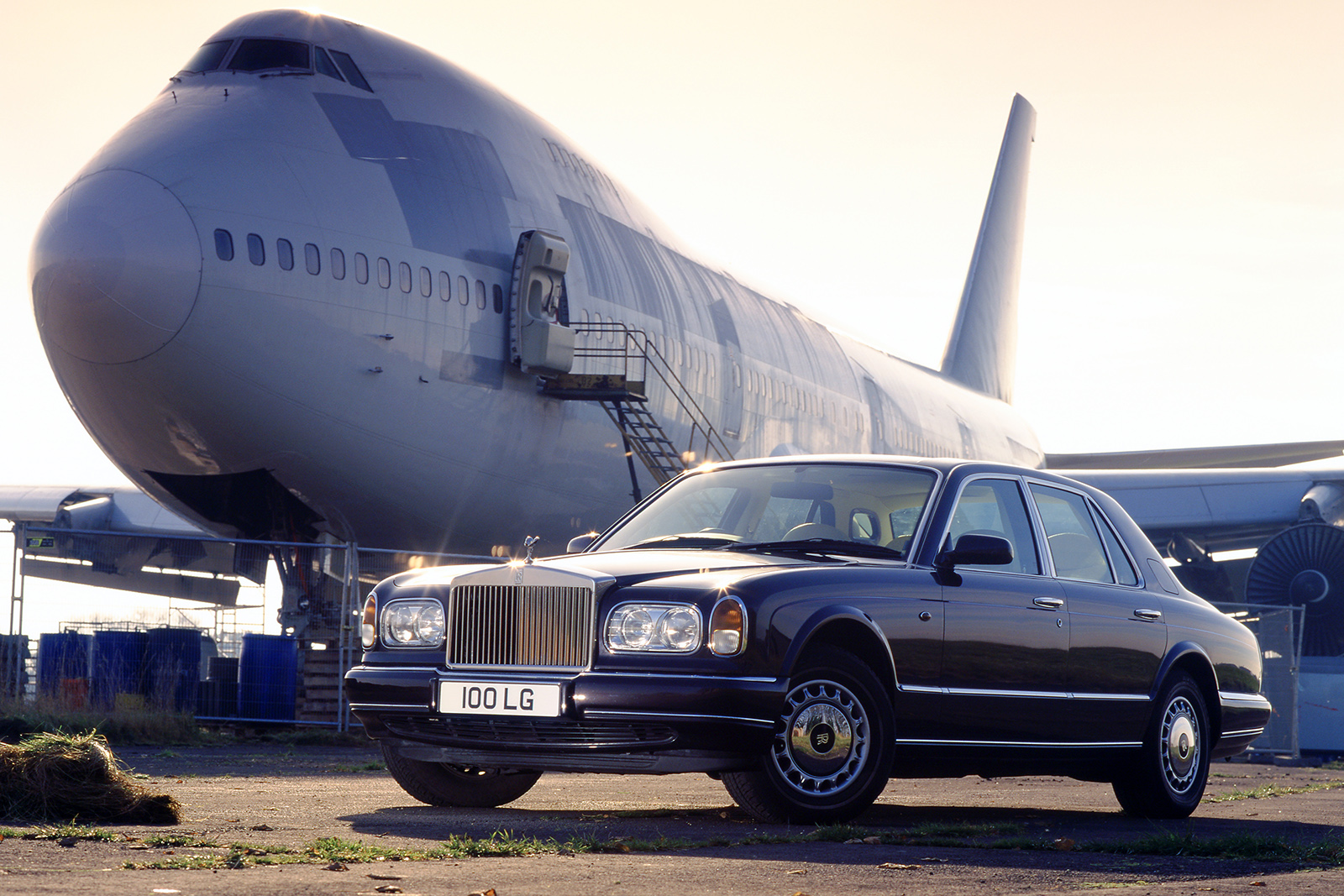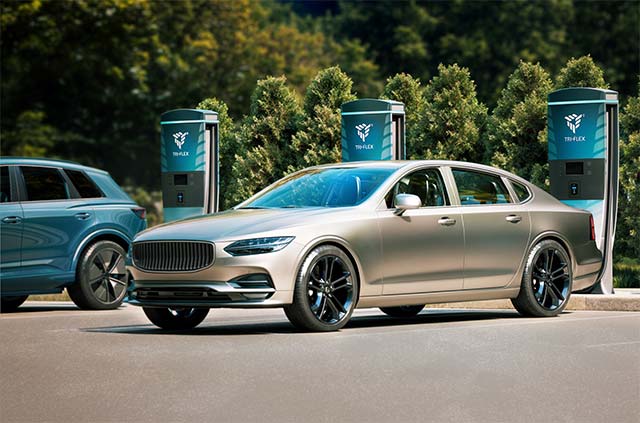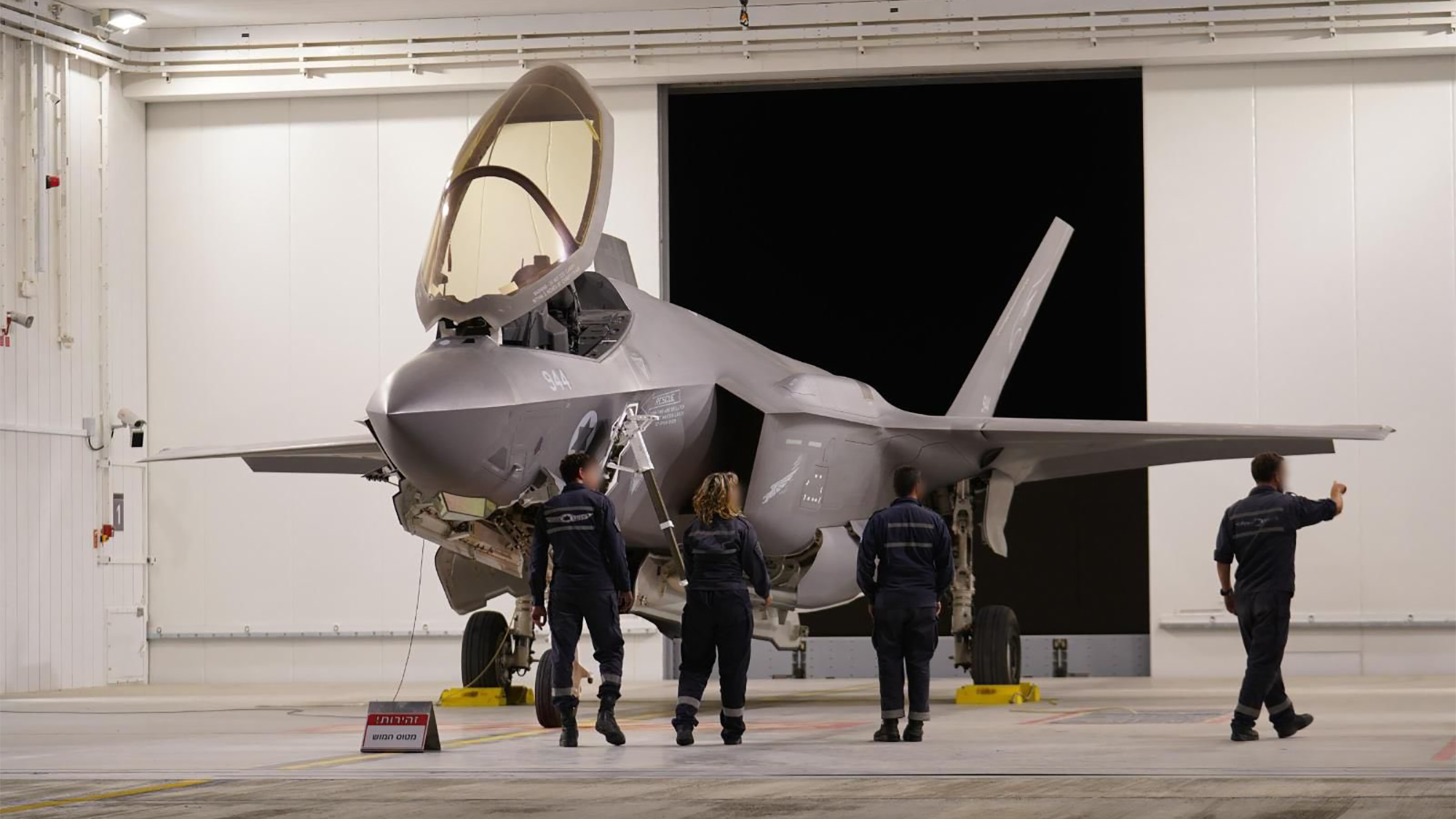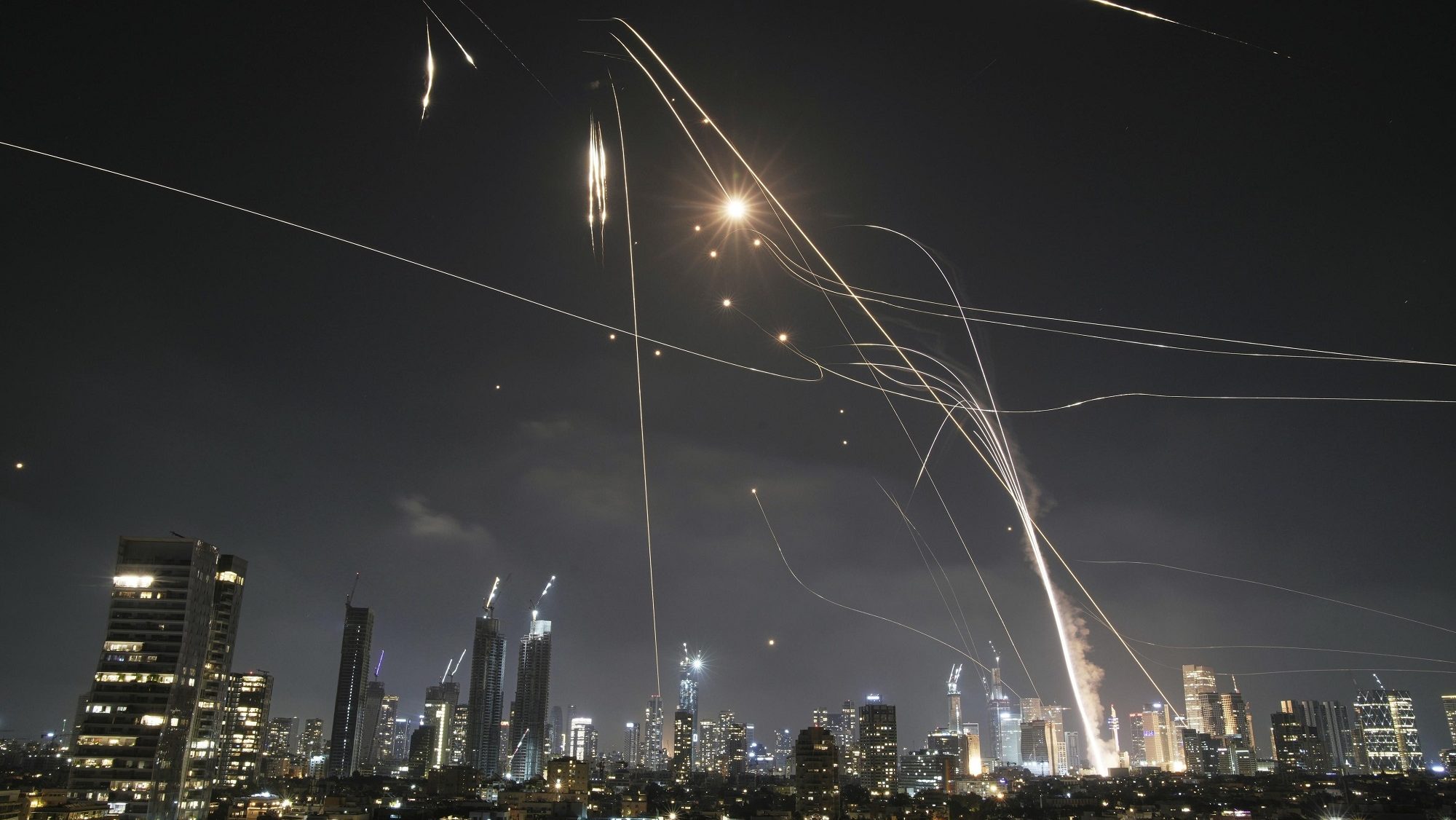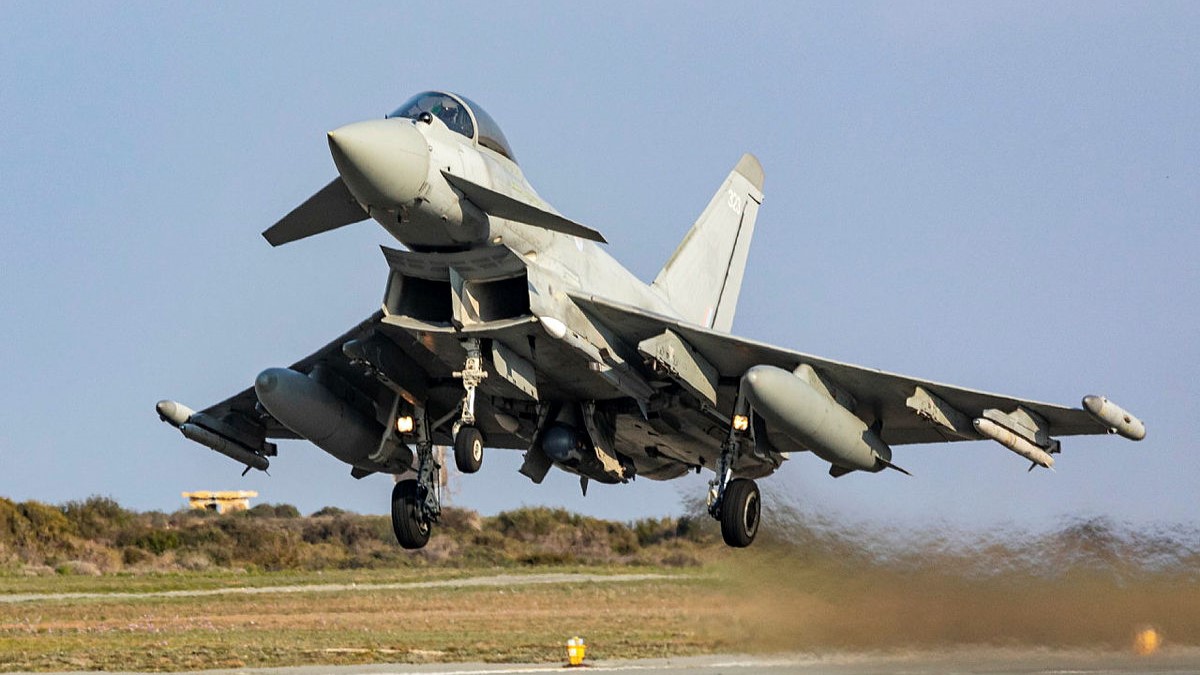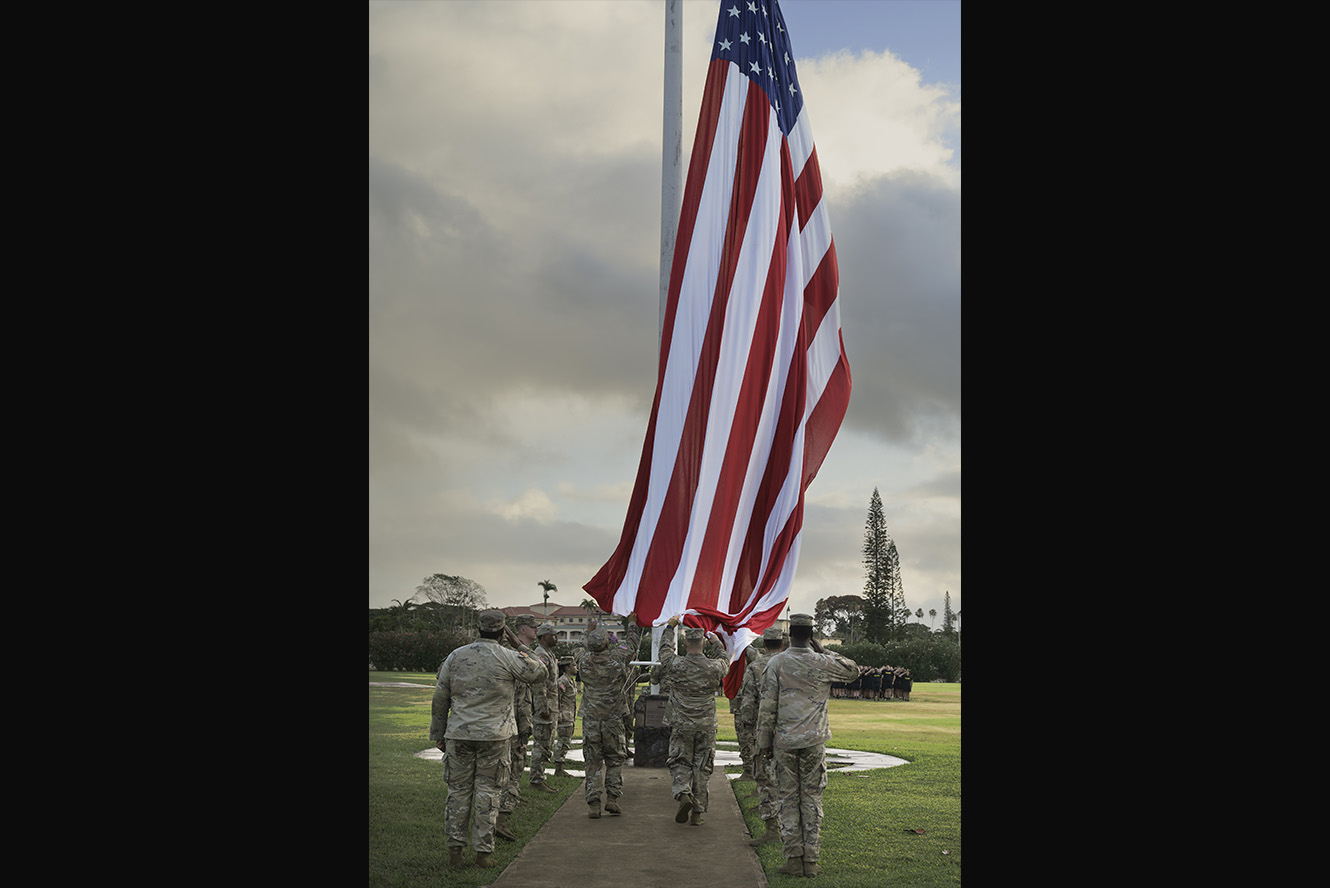In Militarized Downtown L.A., Bars and Restaurants Are at a Breaking Point
I spent three hours Wednesday evening following marchers and poking in and out of restaurants and bars. The scene I found was disconcerting. [...] Read More... The post In Militarized Downtown L.A., Bars and Restaurants Are at a Breaking Point appeared first on Wine Enthusiast.
At 5:15 pm Wednesday evening, the tall steel gates to Far East Plaza are shut and locked as a crowd of what looks like hundreds marches down North Broadway in L.A.’s Chinatown, protesting against the detention and removal of suspected undocumented migrants from around Southern California.
Inside the normally buzzing center, a handful of customers are eating sandwiches outside Nashville hot chicken spot Howlin’ Rays. A confused food delivery driver lingers at the gates, waiting for someone inside to let him in.
I spent three hours Wednesday evening walking throughout Little Tokyo, Chinatown and the Historic Core, following marchers and poking in and out of restaurants and bars. I wanted to take the temperature of how these protests have been affecting everyone.
The scene I found was disconcerting. At the start of the night, the neighborhood, usually just beginning to surge with nightlife activity, is eerily calm. Locals are outside walking their dogs, but a palpable tension hangs in the air—a strange mix of normalcy and anxiety. Most businesses, including popular cookbook shop Now Serving and natural wine and Filipino hotspot Lasita, prominently featured on the most recent Los Angeles Times “101 Best Restaurant” list, are closed.
Located less than a mile from Immigration and Customs Enforcement’s (ICE) detention facility, these enterprises fall within downtown Los Angeles’s recently imposed one-mile curfew zone. They’ve seemingly uniformly taken a huge hit—both financially and psychically—from the sense of fear fueled by both the area’s immigration raids and media reports of violence linked to what locals say have been mostly peaceful protests.
“[Last] Friday evening, close to the end of service, ICE staged themselves in the parking lot across from our plaza, which really spooked our team and guests,” says Chase Valencia, Lasita’s co-owner. Things worsened over the course of the weekend with “the protests and the response by ICE and the Trump administration escalating their presence.”
Reservations at the lively rotisserie plummeted. The 50 tables booked for Monday, Tuesday and Wednesday nights dwindled to four. Valencia and his partners decided to close for a few days, with plans to reassess later.

The Curfew Is Wreaking Havoc
News of the curfew came Tuesday night. “We have zero revenue,” Valencia says, his voice cracking. He estimates that the restaurant will earn just 10% to 20% of its normal sales in the coming days.
This was supposed to be a big week for Lasita. On Thursday, after a year’s worth of work, the restaurant intended to release its new house wine, called Las Panagas, which means “low tide” in Tagalog. The chilled red—a blend of Grenache, Cabernet Pfeffer and Sangiovese with a hint of Riesling—is a collaboration with Los Chuchaquis in Monterey County. The team had timed the celebration to coincide with Filipino Independence Day. “The event was nearly sold out,” says Valencia. He decides to postpone the party to a later date.

About a mile away, on the other side of the ICE detention center in Little Tokyo, a server stands out in front of the perennially-packed Sushi Gen just before 7 pm on Wednesday. Normally, there would be hordes of customers awaiting tables. It often can take up to an hour to get seated, even on a weeknight. “There are 12 tables right now,” he tells me.
In the same shopping center, Honda Plaza, The Mermaid is also dead. A handful of customers sit at the sunken bar in the aquatic-inspired space, sipping cocktails. Two men drink beers at a back table in front of the digital porthole featuring videos of mermaids swimming and blowing air bubble kisses.
When I ask bartender Rocio Briseno if this is usual for the middle of the week, she answers a decisive no. “Normally, we don’t open till 6—we’re trying special hours, 12 pm to 7 pm, for the curfew,” she says.
Earlier in the day, Roldan and her partner Katie Kildow had set up a table with bottles of water, granola bars and fruit snacks by the front for anyone who wants it. Two men with professional video equipment and mics sat next to it early Wednesday afternoon before heading off to document the march.
On Thursday, the bar hosts karaoke from 3 to 7 pm, mostly to keep staff paid as well, as to be “supportive of the marchers who are out there,” co-owner Arelene Roldan says. “Our doors are open to anyone who needs to get out the sun to recharge or needs some water.”

Hospitality Support for the Protests
Despite the severe impacts on revenue, the hospitality professionals I spoke to are overwhelmingly supportive of the protestors.
Lasita is donating a portion of its daily proceeds this week to the Coalition for Humane Immigrant Rights LA (CHIRLA). In the Arts District, Everson Royce Bar is donating a portion of the bar proceeds to Ground Game LA. Same with Mírate in Los Feliz.
Hospitality union UNITE HERE Local 11 has been sharing “Know Your Rights” flyers with tips for responding to ICE deportation raids.
There’s evidence this energy is rippling through other major cities’ hospitality communities. In Houston, Alexis Mijares of cocktail bar Botonica put out a call to action to raise funds for immigration nonprofits for World Refugee Day on June 20.
Roldan and many of her employees have been participating in the protests themselves. “It’s been very peaceful,” says Roldan. “I have videos and pictures of people out there passing out little packets with water bottles, masks and protein bars—you can tell that these are good people out here trying to get their voices heard.”

But, Roldan tells me, she’s seen ugliness, too. On the way back to the bar from City Hall, the fourth-generation Mexican-American was confronted by a woman who yelled, “We don’t want you here—go back to your country” in front of the police station.
Confused, she looked around and behind her. “I was like, ‘Are you talking to me?’” she recalls. “I’m 50 years-old and it was the first racist experience I’ve had in my life. It was so weird. I have a sense of ownership for this city: my family has been here since 1910. I had to just laugh. The police officer nearby just laughed.”
Briseno, who has also been participating in the protests, tells me incidents like these are breeding a lot of fear. “The Latin community is more on edge for family members,” she says. “Kitchen staff are really vulnerable. I’ve heard about a few bars around here where staff left because they got scared.”
Anxiety Ripples Throughout the Hospitality Community
The panic is understandable given what’s being reported.
Last Friday, at least 20 masked ICE agents in military-style gear stormed an Italian restaurant in San Diego. A group of workers were taken into custody, while others were confronted and at least briefly handcuffed. At one point a flash-bang grenade was detonated in the vicinity.
However, many stories about hospitality workers directly affected by the raids are discussed in whispers, due to fears of creating more targets.
Elizabeth Allen, owner of Del Re Wine Bar in Chinatown, says that she recently heard about a busboy picked up by ICE at a bus stop on his way to work. She’s heard through the grapevine that other workers, many of whom rely on public transportation, have been too scared to travel to their jobs since that story quietly spread.
If true, and if it continues, this would certainly cripple the hospitality landscape. The American Immigration Council estimates that 7.6% of hospitality workers nationwide—1,100,495 people—are undocumented. In California, the organization estimates that number to be 206,900.
But it’s not just undocumented workers who are scared right now. According to a Washington Post investigation, more than a dozen U.S. citizens have been picked up in the Trump administration’s immigration crackdown. In one case, a four-year-old cancer patient was sent to Honduras without medication or access to his doctors. In another, a Puerto Rican military veteran was detained while working at a seafood business in New Jersey.
Because the federal government does not release data on how often U.S. citizens are wrongfully detained, the full extent of these seizures is unclear. Yet anecdotes are rippling through affected communities.
It seems the Latino community has been targeted more than any other, and they make up a huge portion of workers in the hospitality industry. Last year, the Bureau of Labor Statistics reported that 30% of food service and drinking establishment workers are Hispanic or Latino.
“When it comes to bars and restaurants, if you got rid of every first-generation immigrant, the entire industry would collapse,” says Robert Martinez, United States Bartenders’ GuildSoCal president. “It’s not like people are able and willing to fill these positions if these people disappear overnight.”
L.A.—and Particularly Downtown—Is Already Struggling
This strife comes on the heels of the devastating wildfires in January that took 29 lives, displaced nearly 13,000 households and stripped $4.6 billion from the local economy. Local businesses and their employees lost a total of $297 million in wages.
Allen opened Del Re Wine Bar, a specialist in small-scale, organic and low-intervention-style producers from Europe and California, last November. She was just starting to gain a following when the fires erupted just a month later and has been struggling to gain her footing ever since.
This week has been yet another blow. On Wednesday afternoon, “I didn’t have any customers yesterday,” she tells me. “It was slow over the weekend and there was supposed to be a big music festival that would bring a lot of people to Chinatown this upcoming weekend.”
Allen is worried about making her rent. Stressed and in need of support, she put out a call on her Instagram asking customers to show up.

When I walk up, shortly after a wave of protesters marches past Broadway, a couple sits at a bistro table out front with their dog, drinking and eating a salad.
I ask if they are worried about the protests. No, they say: they want to support their community businesses. “We were out last night, not expecting the curfew,” Alec Perkins tells me. “We ended up picking up a pizza and had to come home.”
Interestingly, no one I spoke to describes the scene as a riot. “It was very peaceful from what I saw,” says Allen. “The National Guard and police weren’t treating it that way.”
The Escalating Presence of Law Enforcement
Yes, businesses in many parts of downtown are now boarded up at night. Yes, there has been looting. And walls that were (probably) clean last week are now tagged with anti-ICE obscenities. Downtown L.A., however, certainly does not seem to be in danger of “burning to the ground,” as President Trump suggested this week.
As I followed the crowd of marchers from bar to bar, restaurant to restaurant, all of the hospitality professionals I spoke to said much of the media coverage is overblown. “It’s not what you see on the news,” Alina Barrera says as we chat in front of Howlin’ Rays. Many are outraged by the way law enforcement has handled the situation.
“I don’t see ‘protect and serve’ there,” says Martinez. “An Australian reporter was shot, unprovoked, 15 feet away from a police officer. That’s a small example of how the LAPD has been acting the whole time—shooting people unprovoked.”
On Wednesday, many of the reporters covering the protests were wearing bulletproof vests.

Around 6:30 pm, I linger off to the side of the rally in front of City Hall, somewhat astonished at how different the vibe feels from what I’d been hearing in the news. Protesters chant and dance, surrounded by heavily armed police who stand in formation 10 feet apart from one another with batons in hand. I try to game plan which bar to hit up next when I hear shots fired about 50 feet away.
The tension in the air immediately ratchets up. My nervous system jumps, my palms turn sweaty. But the crowd remains calm and disperses as “unlawful assembly” is declared.
This is the kind of scene locals have been watching play out all week. It’s taking a toll.
“I feel anger and frustration,” says Valencia. “I feel for my immigrant community. I feel for L.A. and I just get angry hearing the constant sounds of helicopters and wailing of sirens.”
After finally opening his doors again on Thursday, on what was supposed to be a celebratory day to honor a milestone for his business and his heritage, Valencia sees just 18 customers from 1 to 6 pm. “Our sales didn’t even come close to covering our costs to operate,” he tells me via email the next morning.
Like all of the local business owners I spoke to, Valencia is worried about his ability to stay afloat. He’s worried for his staff and the rest of the community. It’s ironic that this is so crushing to Olvera Street, Chinatown and Little Tokyo, which are historically major cultural centers of L.A.
“We’re going to be severely negatively impacted,” he says.
More Industry News
- The latest victim of Trump’s tariff war? American vintners.
- The Israeli wine industry was on the rise before October 7. What now?
- The U.S. has a long, ugly history of alcohol-related tariff fights. They don’t end well.
- Despite crumbling DEI initiatives, these wine pros aren’t backing down.
- In war-torn Ukraine, nightlife offers a fleeting escape.

From the Shop
Find Your Wine a Home
Our selection of red wine glasses is the best way to enjoy the wine’s subtle aromas and bright flavors.
The post In Militarized Downtown L.A., Bars and Restaurants Are at a Breaking Point appeared first on Wine Enthusiast.









